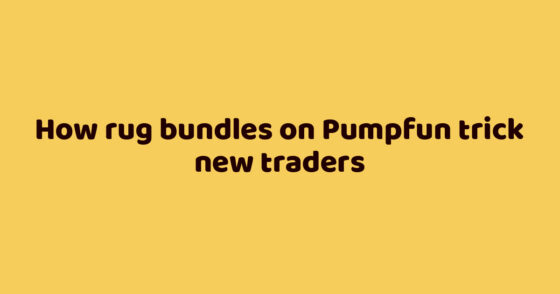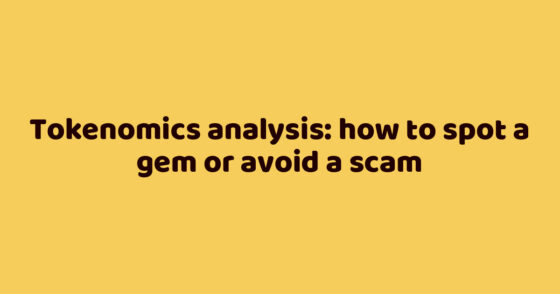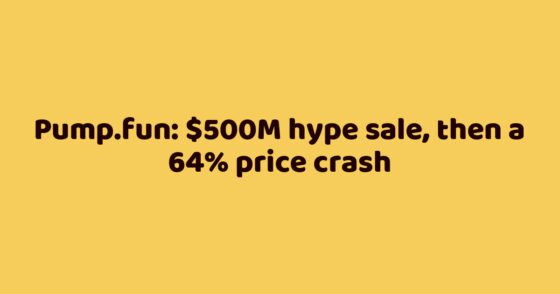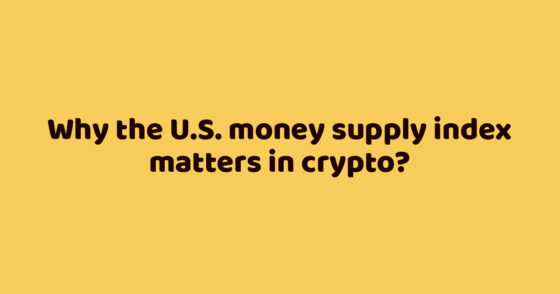Sometimes you hear stories about how market makers can see all your stop losses and deliberately push the price toward them. The conclusion? Better not to set stops at all. After all, it’s a conspiracy against you — you’re not just a trader, you’re the target of Operation “Liquidation.”
Well-known trader James Wynn posted a tweet claiming that market makers were specifically tracking his positions and manipulating the price to liquidate his long.
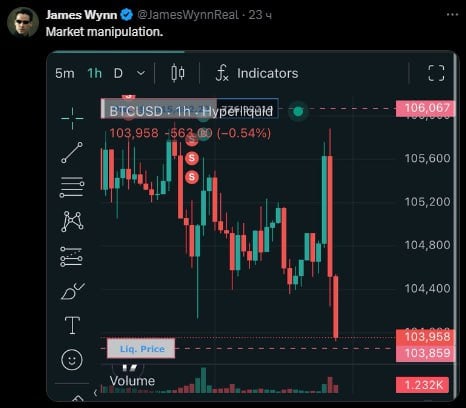
But the market passed his level without the slightest hesitation and then dropped another couple of thousand points. Turns out, even a large position’s liquidation wasn’t exactly the main event.
Key points to reflect on
The metaphor of “they’re hunting me” creates a distorted perception. It feels like you’re the sole source of liquidity around which the entire market revolves. That might make you feel important, but it doesn’t help with making rational decisions.
If you’re trading liquid tokens from the Top 200 on major exchanges, your positions don’t interest anyone. Just compare the average daily volume with the size of your order — it’ll become obvious.
Moreover, cross-exchange arbitrage is widespread, and bots on most exchanges balance the price. But if you’re on small exchanges or dealing with illiquid assets, then yes — manipulation is possible. In such cases, deliberate movement against stop clusters can happen.
What’s important to understand?
It’s not you they’re hunting — it’s liquidity. When many participants place their stops at the same levels (everyone sees the same chart and often uses the same patterns), these stops become part of that liquidity pool. In such moments, it’s not a conspiracy — it’s just herd behavior that can be read from the chart.
If your stop is also your liquidation level, the issue is that when opening a position and choosing leverage, we often mentally calculate an acceptable liquidation zone — which tends to be where everyone else’s is too.
Stops are good. You should use them. Just don’t place them where everyone else does.


